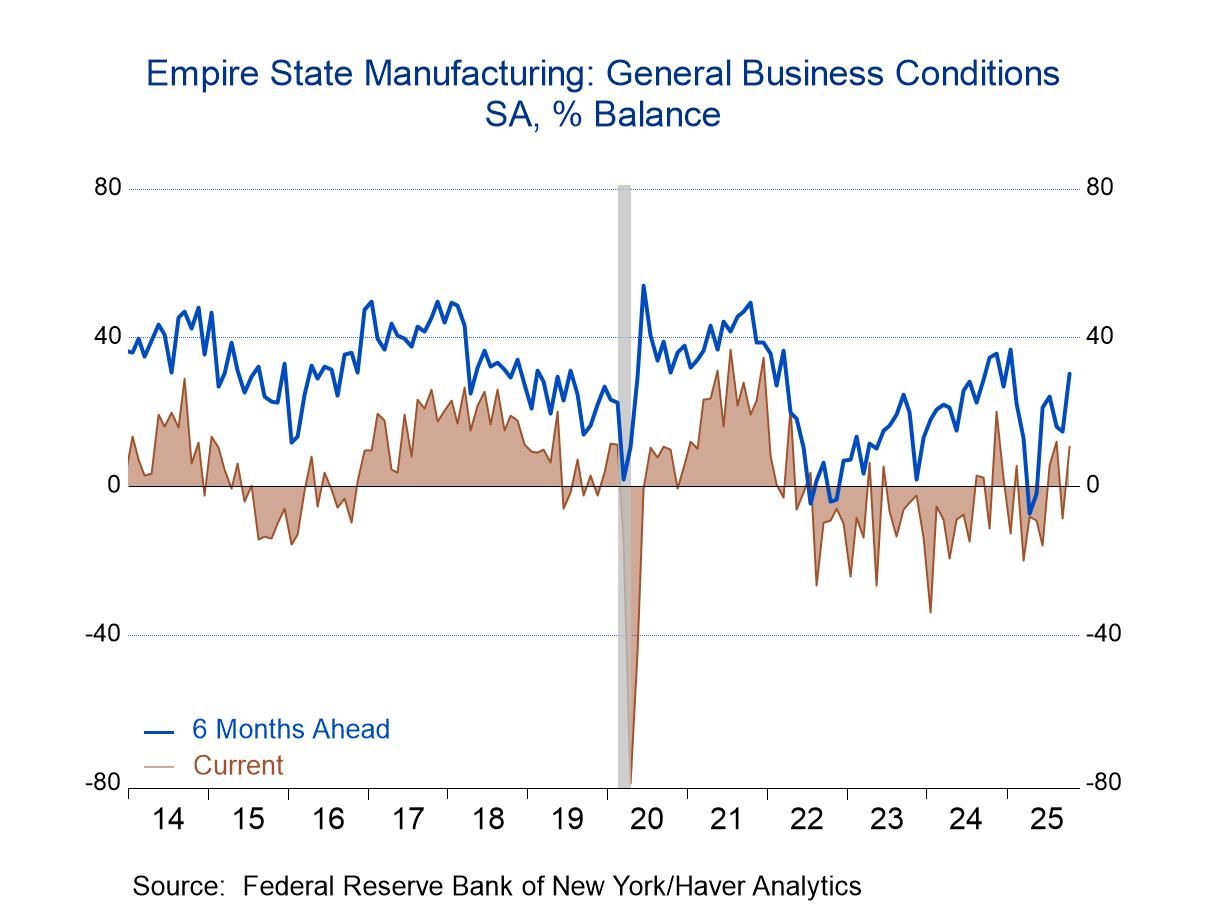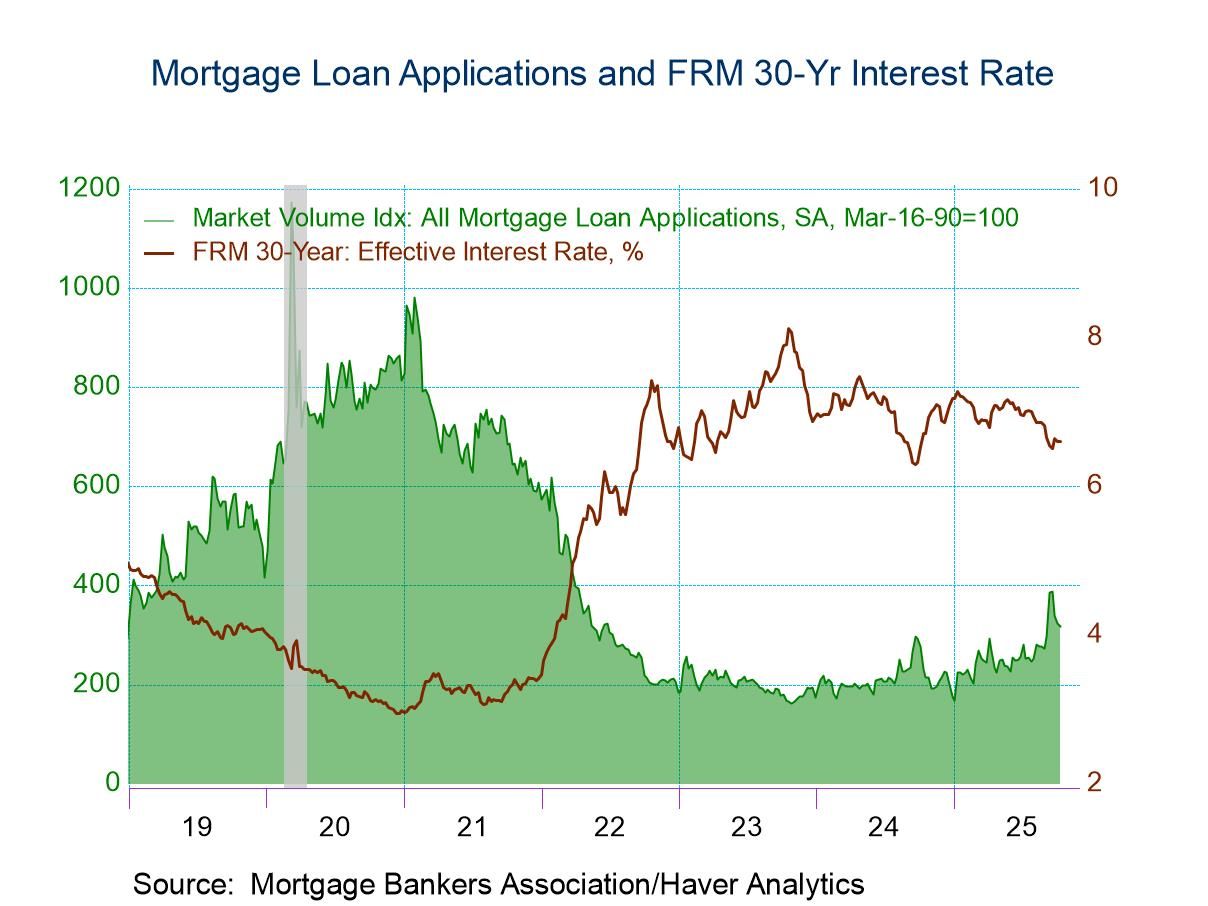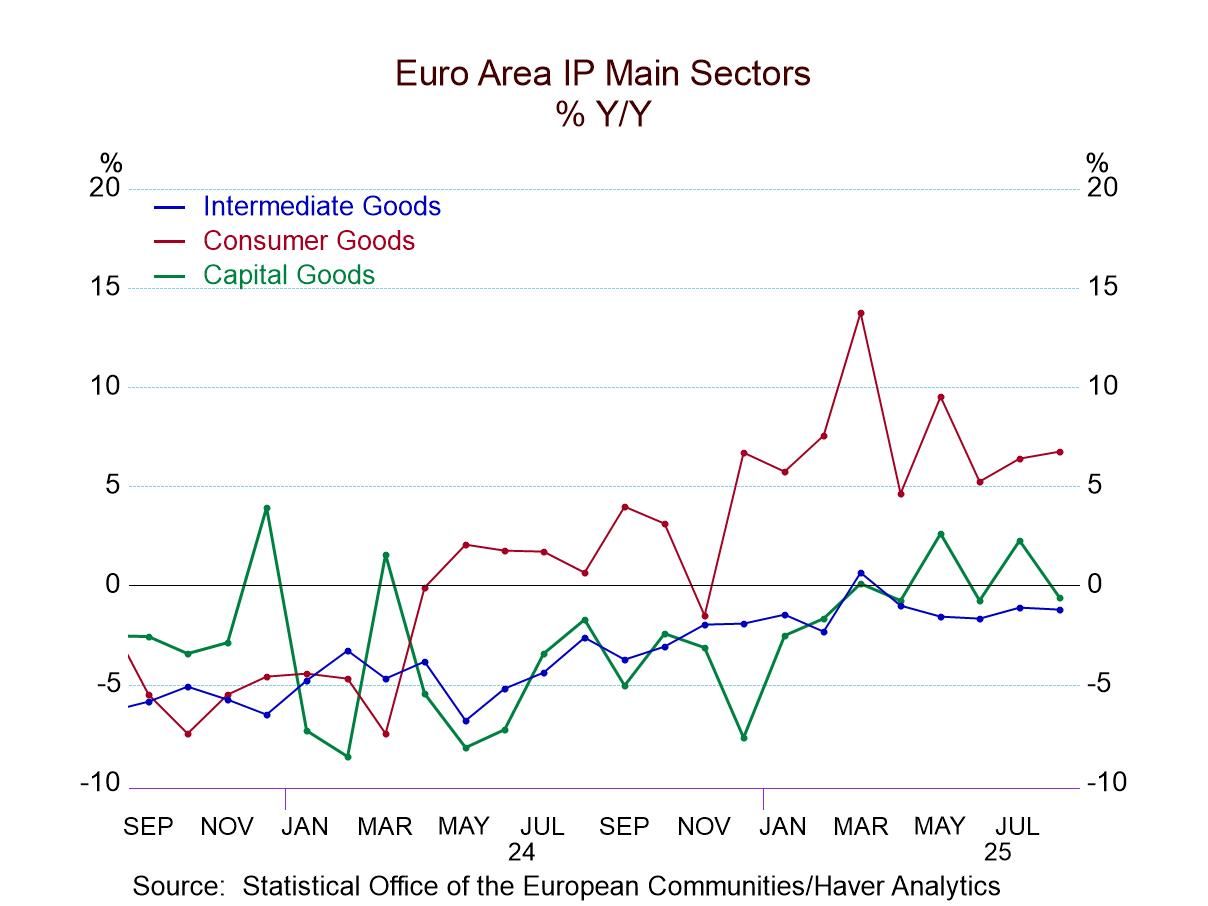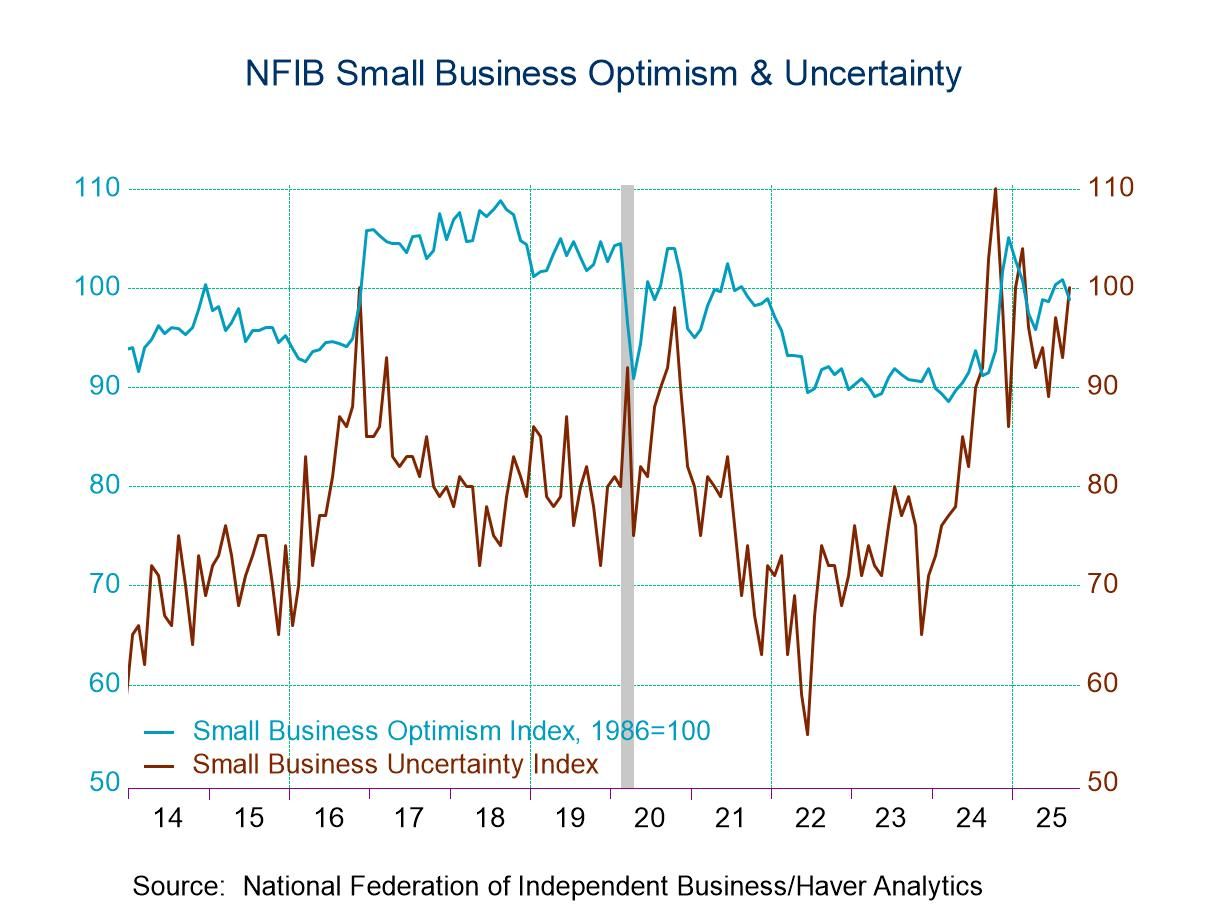Japan's IP Weakens Further

Japanese economic data have been soft. However, industrial production has been weaker than many of the other reports, and weaker than the softness indicated by the manufacturing PMI. This month the preliminary report on Japanese industrial production has been revised to show even more weakness. Japan's industrial sector shows an extremely weak progression looking at its pattern of growth over 12 months to six-months to three-months. The downturn in manufacturing is intensifying.
The weakness in manufacturing is generally weaker than what we see in other reports as well. While there's been softness in surveys like the economy watchers report, and in Japanese retail sales, the industrial sector is showing sharply weaker conditions, and this is occurring even at a time when the yen exchange rate is weakening and improving Japan's competitiveness.
The weakness in industrial production does track the weakness in Japan’s core orders that have been showing contraction for all of 2023 and into 2024. Japan’s production was down by 1.6% over the previous 12 months; now it is falling by 6.7% over the most recent 12 months. Sequential growth rates tell us that the drop in production is accelerating across major manufacturing categories. This weakness is not an isolated result.

This is a bad development for an economy whose industrial sector is generally considered a bellwether for the entire economy. Real GDP has been weakening, led lower by weakness in final demand. Net exports have provided some counterpoint to soften the blow. Quarterly GDP has been erratic (as always), but year-on-year GDP growth has not been negative since Q1 2021. Domestic demand continues to run weak with vehicle registrations having plunged in the most recent release. PMI readings show an ongoing below-50 reading for manufacturing and an accelerating service sector. But the strength in services has not been able to countermand the weakness in manufacturing.
Japan’s core inflation has risen then flattened out at growth rates below those for core inflation in the U.S. and in Europe. But in Japan, inflation expectations are firming. This is likely to provide support for an upcoming BOJ rate hike as Japan prepares to get its policy metrics back to the normal zone.
Still, for now, the economy is weak with weak demand, and a housing sector that is under downward pressure. The weak yen may have helped net exports to better performance blunting the impact of demand weakness on GDP. But the industrial sector, viewed in isolation, remains extremely weak with all industries under stress and little sign that a weak yen is providing support. Japan’s composite leading indicator from the OECD is pointing higher. But, for now, there is little in the way of strength or rebound in sight.
Robert Brusca
AuthorMore in Author Profile »Robert A. Brusca is Chief Economist of Fact and Opinion Economics, a consulting firm he founded in Manhattan. He has been an economist on Wall Street for over 25 years. He has visited central banking and large institutional clients in over 30 countries in his career as an economist. Mr. Brusca was a Divisional Research Chief at the Federal Reserve Bank of NY (Chief of the International Financial markets Division), a Fed Watcher at Irving Trust and Chief Economist at Nikko Securities International. He is widely quoted and appears in various media. Mr. Brusca holds an MA and Ph.D. in economics from Michigan State University and a BA in Economics from the University of Michigan. His research pursues his strong interests in non aligned policy economics as well as international economics. FAO Economics’ research targets investors to assist them in making better investment decisions in stocks, bonds and in a variety of international assets. The company does not manage money and has no conflicts in giving economic advice.






